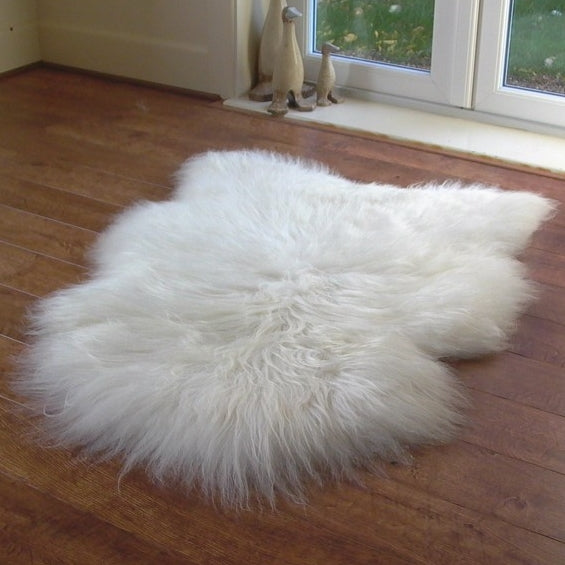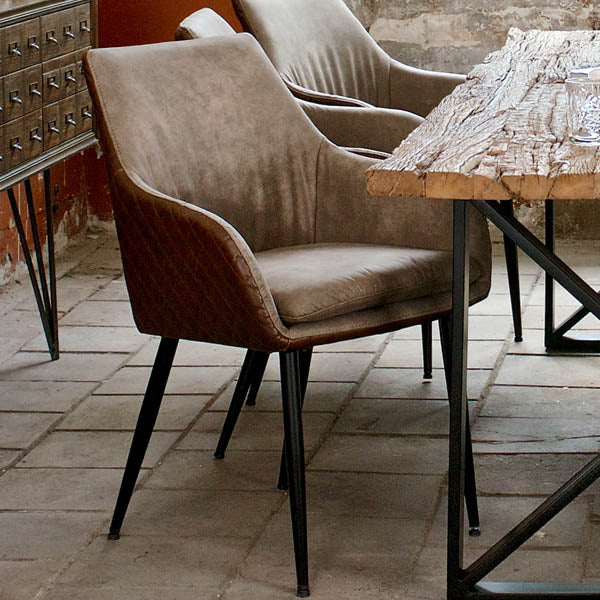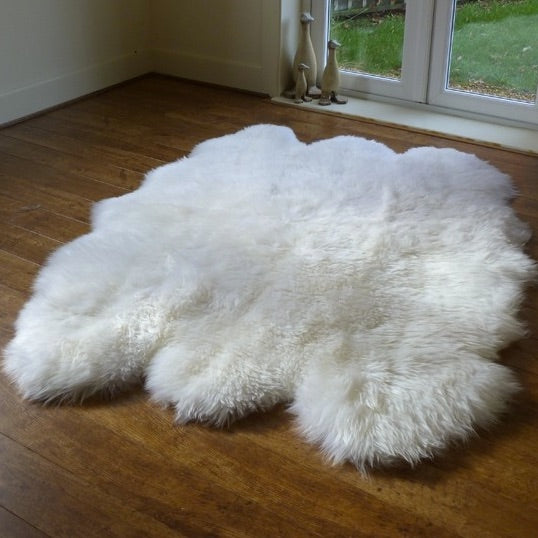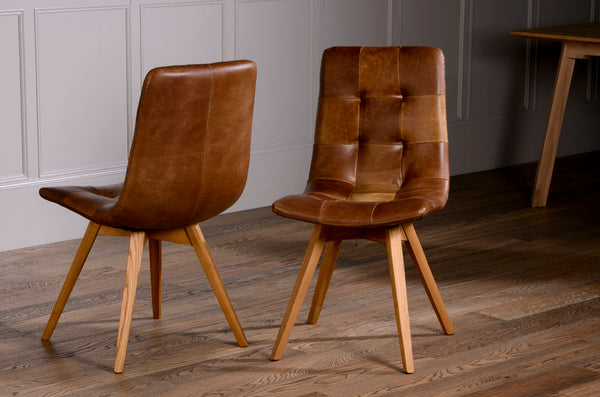

With Faux Fur Day on 1st December, we thought we would look at our customers home decor preferences: real or faux materials.
Many years ago, wearing real fur was a sign of class, elegance and money. Today, the wearing of animal skin and fur is a contentious issue. And yet, people who denounce the wearing of real fur do so whilst wearing leather shoes, enjoying the warmth of leather sofas and dining chairs…
It is an interesting debate and, so we decided to stoke the flames, asking you, our customers, which you preferred in the home: real or faux fabrics?
As always, you smashed our expectations, showing there is a delicate balance between what is acceptable and what isn’t.
Real or Faux Leather?
Leather and its synthetic equivalent are popular materials. Easy to care for and wipe clean, both leather and vinyl are able to withstand the rigours of everyday use. With this in mind, we asked you to choose between faux leather dining chairs and real, brown leather dining chairs.
On the face it, both look the same and act the same, with only a small difference in price. So what were the results? Your response was divided: our Instagram followers opted for faux leather but our Houzz audience opted for real leather.
Leather is a by-product of the beef industry, a way of using as much of the carcass as possible. Whereas once it was very expensive, it is now within reach of most budgets. But, at the same time, manufacturing techniques of PU (or ‘poly’, meaning ‘made’) leather have improved enormously and this means that all the properties of leather, including a realistic grain effect, makes it a popular option.
That said, we have noticed a considerable increase in customers buying leather-clad items, from an Italian leather sofa to dining chairs. Maybe the robustness and warmth of leather are coveted, after all?
Real or Faux Fur?

The properties of fur are well-known and yet, when we wear it, people frown upon it. But we live in an age in which we are returning to natural fabrics.
Wool, for example, has anti-allergic properties, it keeps us cool in summer and toasty warm in winter. It too, like leather, is a by-product of the meat industry. Sheep and other ‘woolly’ animals are shorn in the spring, with their wool used in a range of products from wool duvets and bedding to items of clothing.
In the home, real fur, such as sheepskin rugs, are becoming popular because they are robust and long-lasting. With high-quality, well-manufactured large sheepskin rugs, shedding is minimal and that means it stays looking superb, for longer.
But what did our poll tell us? The majority opted for faux fur, with only a small number opting for real fur. And yet, the wool industry in the UK is gathering in popularity with many of us realising that natural materials do – and always have – offer us what we need. Our sheepskin rugs, for example, all made from real wool (it is treated to straighten the fibres and make the pile even more luxurious).
Is one better than the other? Each material, real or synthetic, have their pros and cons but as with anything in your home, it comes down to your preference.
